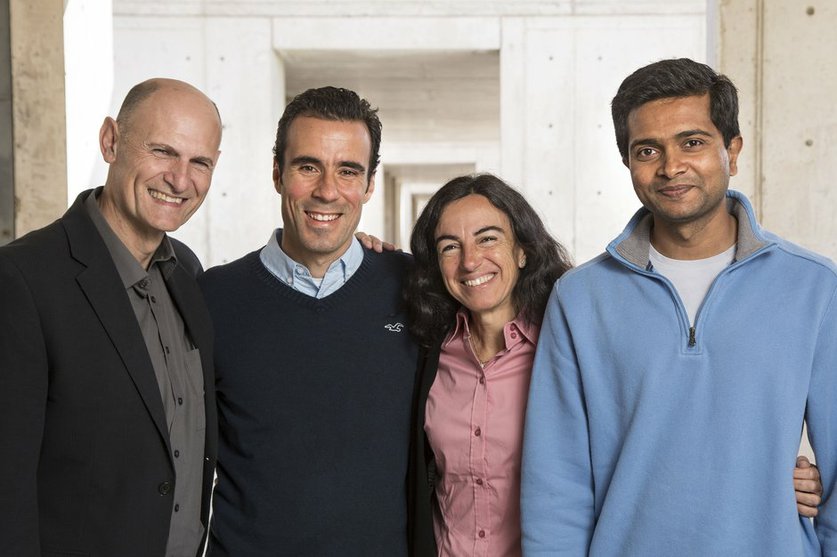A major advance in understanding the cellular basis of aging was reported Thursday in a study by a team led by Salk Institute and Chinese Academy of Sciences researchers.
Researchers found what appears to be the molecular driver of a disease called Werner syndrome, that mimics accelerated aging. The same mechanism is at work in normal cells, although operating at a slower pace, the study found.
Disorganized storage of DNA in a material called heterochromatin progressively damages the DNA in Werner syndrome, according to the study. Investigating further, researchers found the same disorganization occurs over the years in normal cells.
While the findings are strictly at the research stage, they lay the foundation for developing therapies for Werner syndrome, aging-associated diseases such as Alzheimer’s, cancer and eventually, perhaps even aging itself.
When not in use, DNA is stored in heterochromatin, much like an old master tape in the pre-digital age would be carefully wound up and secured. But with repeated use and rebundling, heterochromatin loses its structure, allowing epigenetic changes that cause genes to function abnormally. Epigenetic changes have previously been associated with aging in model organisms.
The scientists, led by the Salk’s Juan Carlos Izpisúa Belmonte, are developing epigenetic editing approaches to reverse these changes, with an eye to treating aging-related diseases.
The study was published in the journal Science. Izpisúa Belmonte was the paper’s senior author. The first author is Weiqi Zhang of the Chinese Academy of Sciences in Beijing.
The study substantially advances knowledge of the aging process, said a scientist not involved with the research.
“This is a groundbreaking story in our understanding of the biological (molecular) basis of aging,” said Rolf Bodmer, who studies aging-related diseases at the Sanford-Burnham Medical Research Institute, locate in La Jolla near the Salk Institute.
“This human aging model system in a dish will likely pave the way to studying connections to other aging-associated diseases, such as metabolic syndrome, cancer and neurodegenerative diseases,” Bodmer said by email.
Major driver of aging identified in study | UTSanDiego.com.
